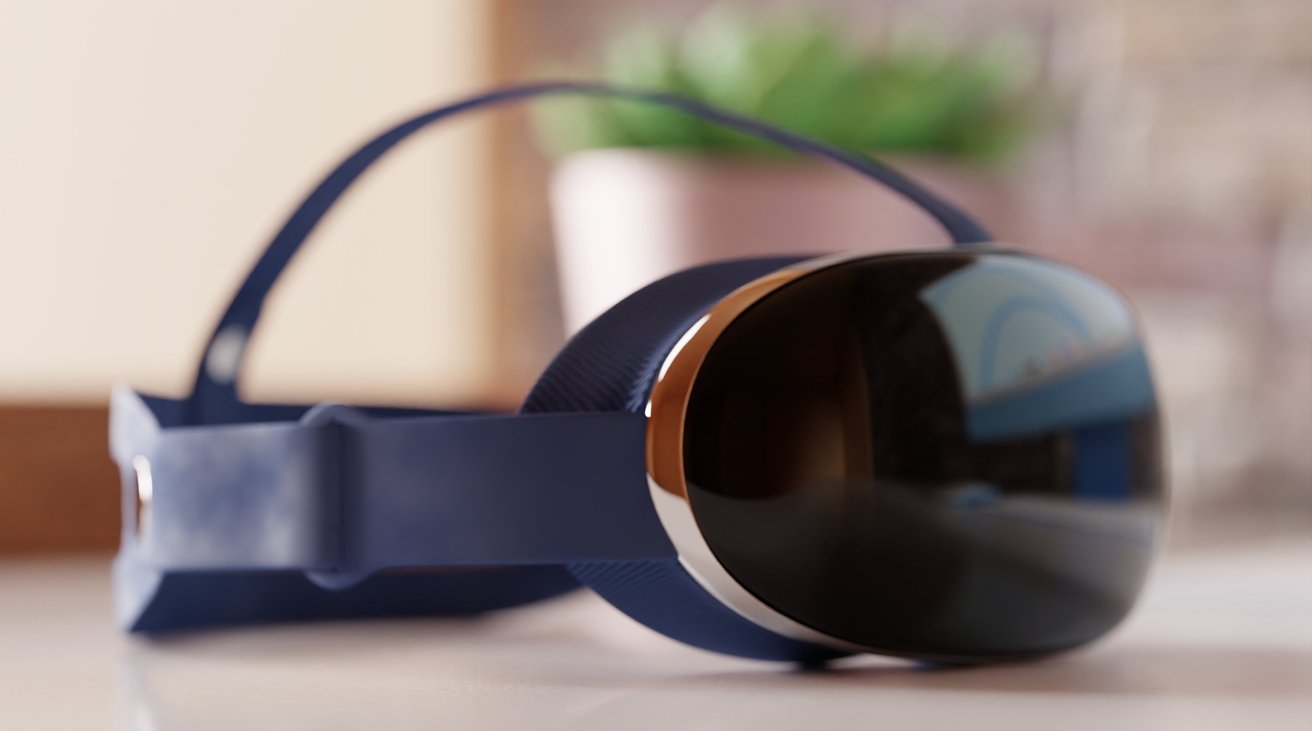Apple AR, VR operating system now called 'xrOS'
Apple has reportedly changed the name of its mixed-reality operating system to "xrOS," signaling that the company may be close to releasing a mixed-reality headset.

Apple's "realityOS," the suspected operating system for its dedicated AR and VR platform, has potentially been renamed to "xrOS."
According to Bloomberg's Mark Gurman, Apple may release its combination AR/VR headset as early as next year.
Apple has been rumored to be working on an Apple VR or AR headset for quite some time, and that hardware needs to run its own operating system.
The "XR" is shorthand for "extended reality," which covers both virtual and augmented reality.
Details of a dedicated operating system for the headset date back to 2017, with a report claiming Apple's headset would have its own display and processor, as well as a new operating system. At the time, that software was called "rOS."
Apple is said to be working on at least three headsets of the AR and VR variety. They are apparently under the codes "N301," "N421," and "N602."
The N301 is said to be the "Apple Reality Pro," a name for the headset that surfaced in trademark filings in late August. That headset is expected to be a mixed reality model that will take on the Meta Quest Pro, with a potential launch in 2023.
The N602 will apparently be the second-generation release, which will offer two variants to consumers. One will provide upgrades over the first model, while the other will be a lower-cost alternative.
The third, N421, is rumored to be less of a headset and closer to the idea of Apple Glass smart glasses.
Currently anticipated to be in an "advanced" stage of development, Apple's first headset launch could include a pair of 4K OLED displays, 15 camera modules dotted around the outside, and potential support for eye tracking and hand gestures. The first wave could also be an expensive headset, with prices up to $3,000 proposed.
Read on AppleInsider

Apple's "realityOS," the suspected operating system for its dedicated AR and VR platform, has potentially been renamed to "xrOS."
According to Bloomberg's Mark Gurman, Apple may release its combination AR/VR headset as early as next year.
Apple has been rumored to be working on an Apple VR or AR headset for quite some time, and that hardware needs to run its own operating system.
The "XR" is shorthand for "extended reality," which covers both virtual and augmented reality.
Details of a dedicated operating system for the headset date back to 2017, with a report claiming Apple's headset would have its own display and processor, as well as a new operating system. At the time, that software was called "rOS."
Apple is said to be working on at least three headsets of the AR and VR variety. They are apparently under the codes "N301," "N421," and "N602."
The N301 is said to be the "Apple Reality Pro," a name for the headset that surfaced in trademark filings in late August. That headset is expected to be a mixed reality model that will take on the Meta Quest Pro, with a potential launch in 2023.
The N602 will apparently be the second-generation release, which will offer two variants to consumers. One will provide upgrades over the first model, while the other will be a lower-cost alternative.
The third, N421, is rumored to be less of a headset and closer to the idea of Apple Glass smart glasses.
Currently anticipated to be in an "advanced" stage of development, Apple's first headset launch could include a pair of 4K OLED displays, 15 camera modules dotted around the outside, and potential support for eye tracking and hand gestures. The first wave could also be an expensive headset, with prices up to $3,000 proposed.
Read on AppleInsider

Comments
"tenor oh ess"?
"ex ross"?
"zer ros"?
If "xr" kind of pronounced like in "draw" where the "d" is really "j" sound. So, "jross"?
"zeros"?
However, the "mixed" reality mention in this article helped me connect the dots (!) a bit: a VR device might (might) be an interesting add-on to watching a sports event, even on a HDTV; or possibly even live. I thing there was a recent report regarding the NFL sunday ticket contract negotiations that might point to Apple wanting to do this.
I'm just struggling to figure out what these things are for. Guess I lack imagination.
The key to success will be content. I don't play games so not interested in that. However, I would be interested in short 15minutes to half hour movies and documentaries specifically made for immersive VR experiences.
Just like maps and search, data is everything (as is keeping it up to date).
The other problem, which is far more problematic is shifting the data around and processing it. We are talking about huge amounts of data and compute power if the units are going to have sensing abilities.
However, the low hanging fruit is the HUD aspect of simply displaying content and allowing you to see the outside world.
Of course, weight, bulk and battery life are also important but data content availability is where the real magic will be.
The use cases are enormous.
Professional training space would seem to be a big market but what is needed is devices that can see the user interact with physical item controls then fill in the blanks.
X-Plane are doing a big push into professional pilot training and certification next year a device that would be a big gain in aircraft sims breaking the need to have lots of immersive screens around physical controls or the current VR headset that make having "real controls" problematic. Those sorts of Hybrid AR environments have many many uses.
The people and companies working on them, who presumably do comprehended the economics, seem to think so...